Nuts are one of the healthiest foods we can include in our diet. However, some nuts are healthier and contain more nutrients.
Nuts have been proven to be rich in antioxidants, fiber, protein, vitamins, minerals and unsaturated fats. They also reduce cholesterol levels, reduce the risk of cancer, improve cardiovascular health and maintain stable weight. Below are the best nut options to try. Experts say you should not give preference to any one type. It’s better to alternate, a little of everything.
1. Macadamia considered the “king of nuts”. This is a storehouse of valuable nutrients. Eating it regularly reduces the risk of cardiovascular diseases, some types of cancer and promotes weight loss, despite the high calorie content – 720 kilocalories per 100 grams. The monounsaturated fat content is highest among many types of nuts. The macadamia tree can reach a height of 15 meters and is considered one of the most capricious plants. It grows well only in a certain type of soil and is susceptible to disease and pests. At the same time, it bears fruit for the first time only in the tenth year of life. This makes the macadamia nut the most expensive in the world.
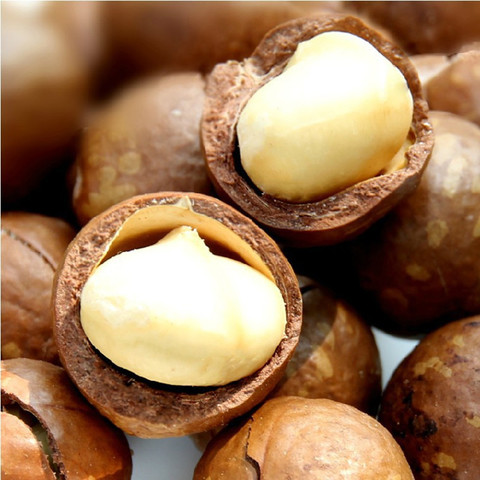
2. Cashew contain a lot of iron, zinc and magnesium. Iron helps oxygenate the blood, zinc is good for the immune system, and magnesium improves memory. Cashews contain unsaturated fatty acids – omega 3, omega 6 and omega 9, which interact with each other and perfectly support the functioning of the nervous system. In addition, cashews often become a source of B vitamins, as well as useful minerals such as potassium, magnesium, etc.
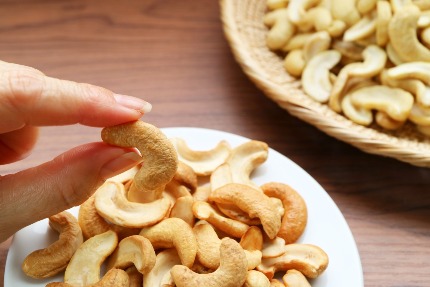
3. Brazil nuts are an excellent source of selenium, which helps prevent cancer. Just one Brazil nut contains the daily dose of microelements we need. However, we should not exceed five doses of selenium per day, as high intake can be toxic to our body.
Brazil nut prevents the development of cardiovascular diseases, improves hormonal balance, increases male fertility, helps prevent fatty liver (normalizes lipid metabolism), promotes regeneration of kidney tissue, reduces cholesterol levels, and serves as a prevention of atherosclerosis. It also activates the brain and cleanses the intestines.
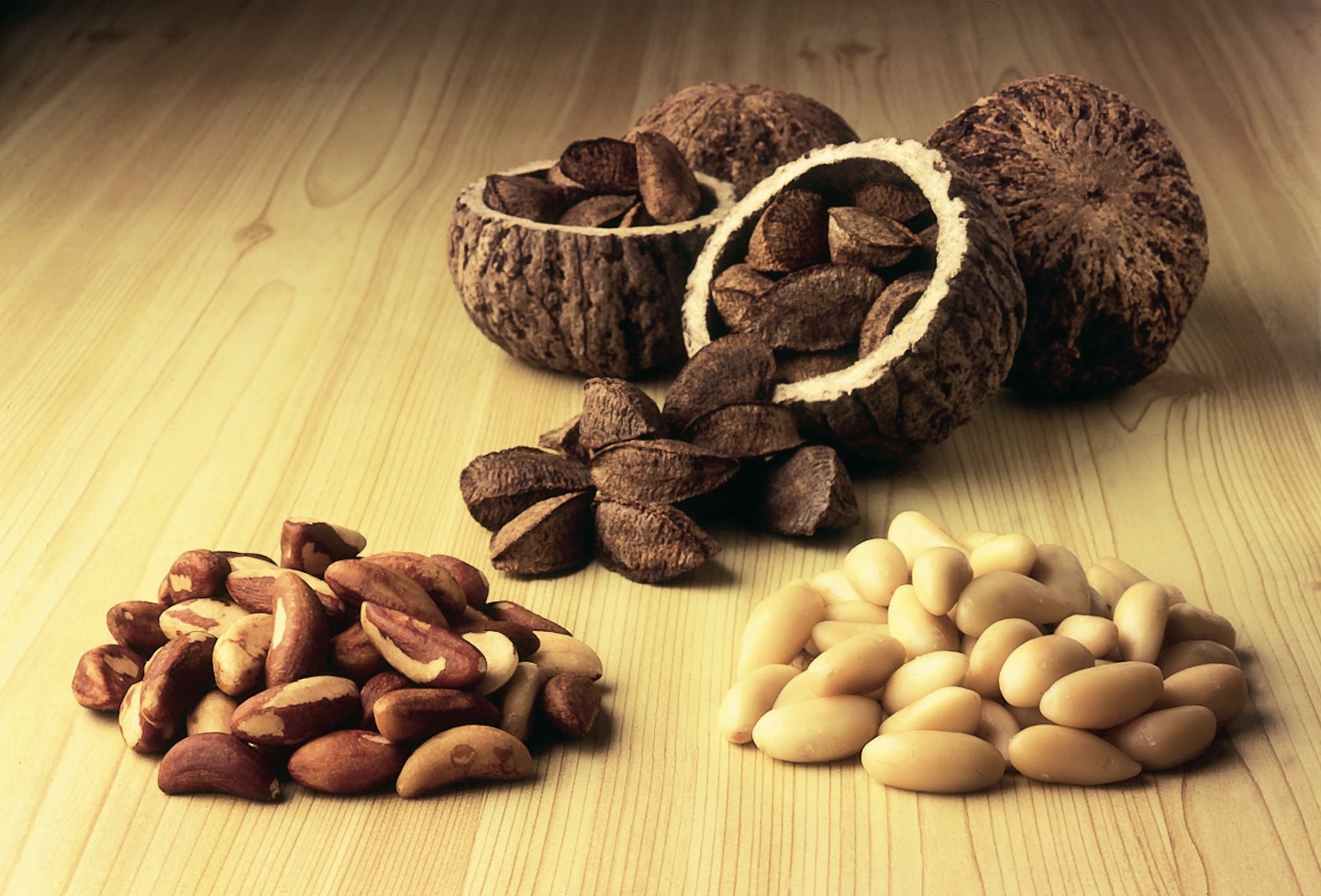
4. Almonds contains more fiber than any nut. It is also rich in vitamin E.
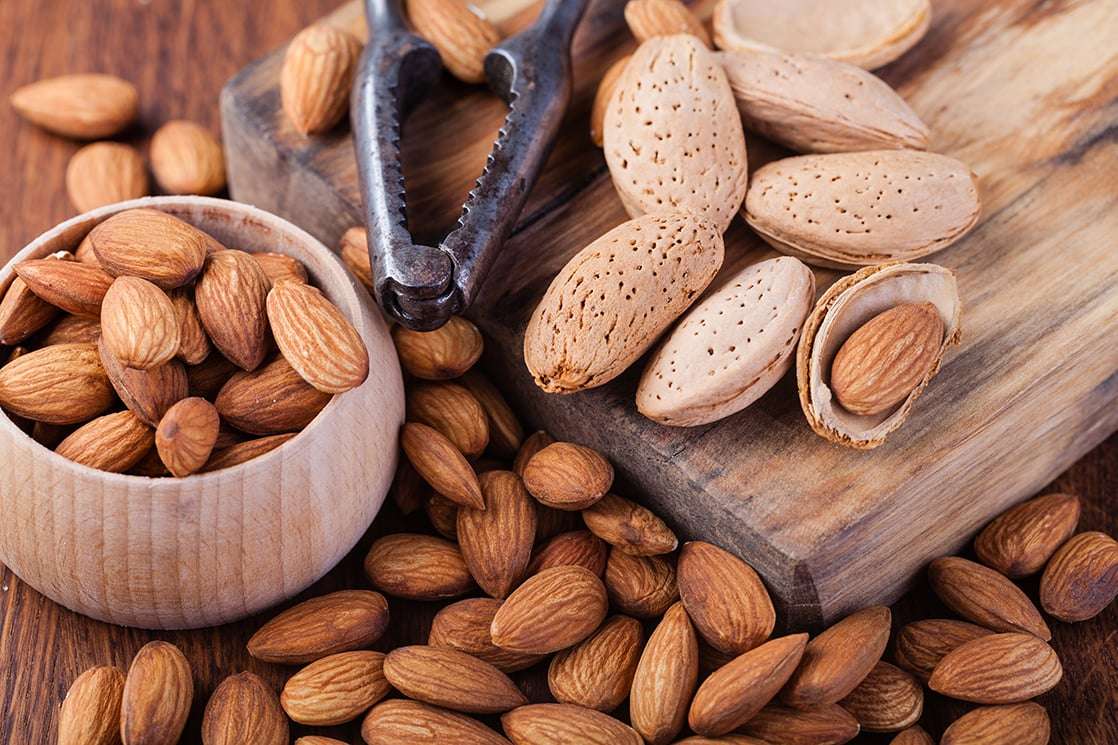
5. Walnuts contain many antioxidants and omega-3 fats that fight infections. They also contain manganese, which reduces the symptoms of premenstrual syndrome.
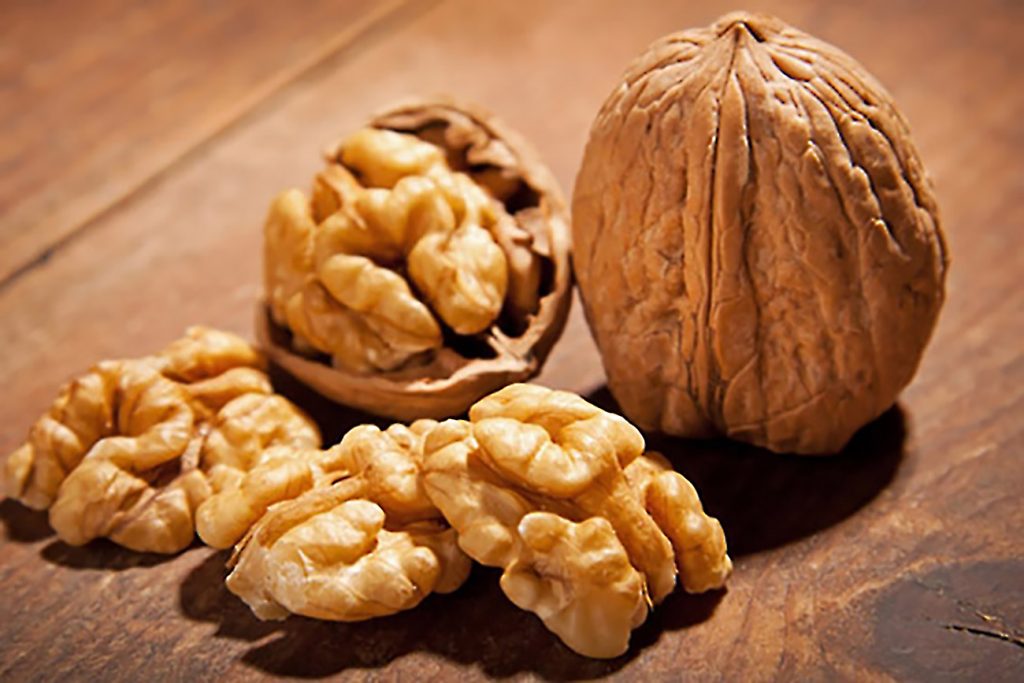
6. Since prehistoric times hazelnuts (hazelnut, hazel) played an important role in the human diet. It is an excellent source of vitamin E and folic acid, which reduce symptoms of postpartum depression. The world leader in hazelnut cultivation is Turkey: about 70% of the world’s hazelnut harvest is harvested there. Like all nuts, hazelnuts are quite high in calories: 630 kcal per 100 grams of weight. It is a valuable source of vegetable protein, dietary fiber and monounsaturated fatty acids. Hazelnuts contain vitamin E and C, folic acid, copper, phosphorus, magnesium, manganese, phytosterols and antioxidants.
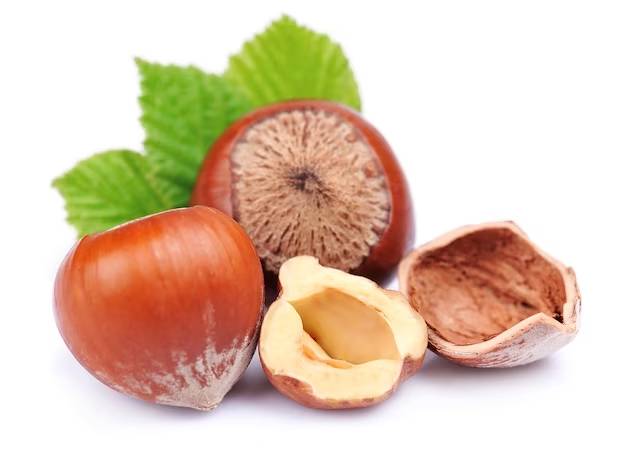
7. Pine nuts contain a lot of calories and fat. To be precise, 30 grams contains 191 calories. However, these fats are super monounsaturated and are known as healthy fats. Pine nuts are seeds obtained from the cones of coniferous evergreen trees of the pine family. This is the name given to the seeds of not only different types of cedar pine – Siberian, European, Korean, Italian. They were so named because of their resemblance to the Lebanese cedar, the seeds of which are not eaten.
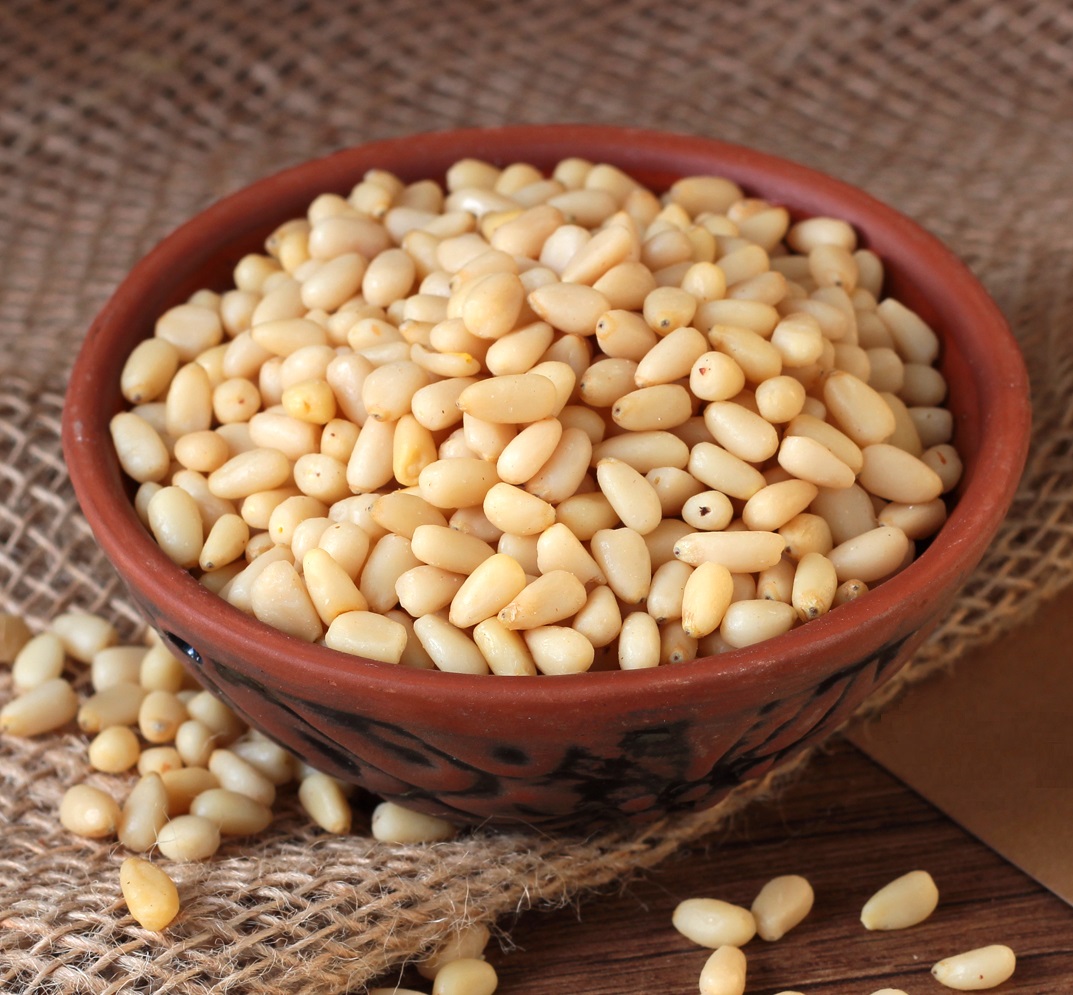
8. Pistachios contain 3 calories per piece. They are low in fat and high in fiber. Pistachios are a rich source of vitamin B6, protein, potassium and thiamine.
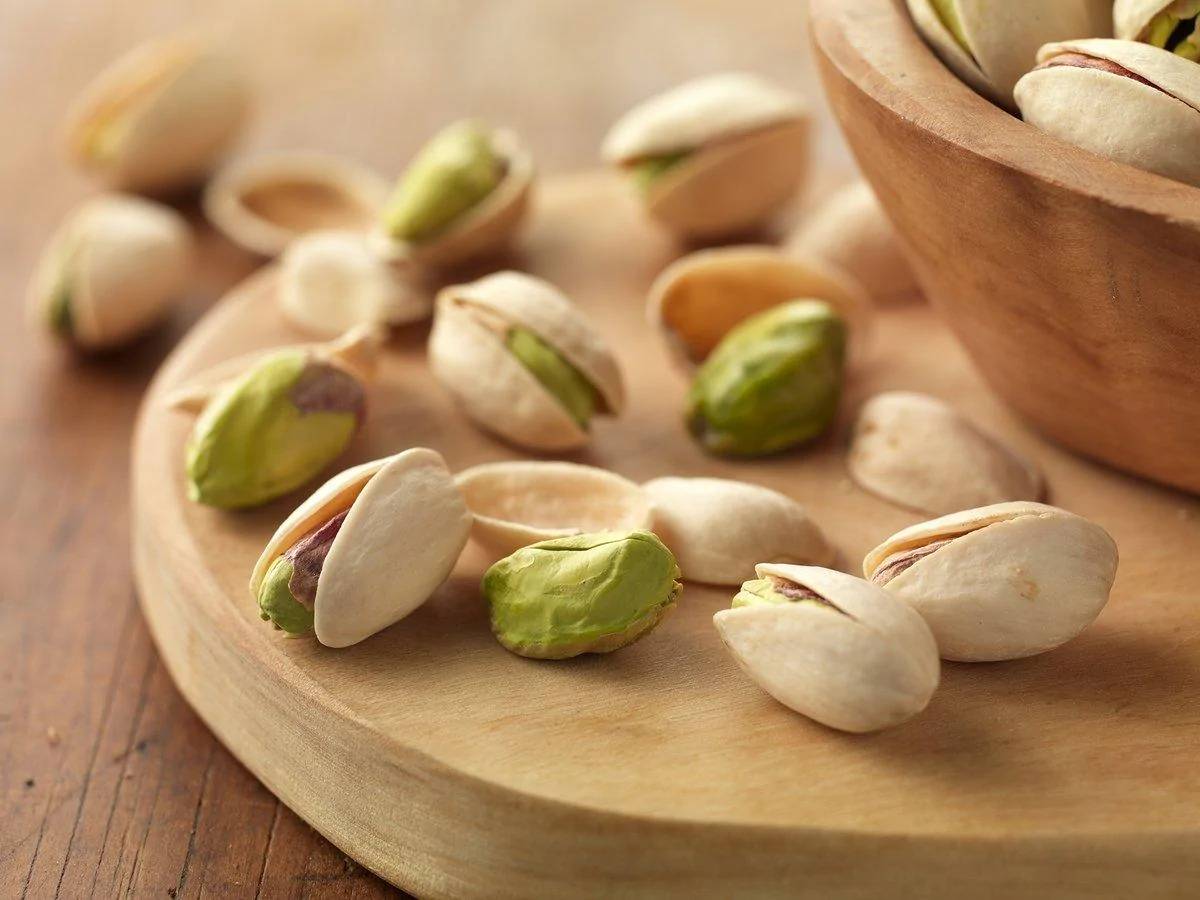
9. Pecans are a rich source of vitamin E. Studies have shown that they prevent Alzheimer’s disease, various forms of cancer and cardiovascular diseases. Pecans contain many plant sterols and antioxidants that prevent hardening of the arteries. They also lower cholesterol levels.
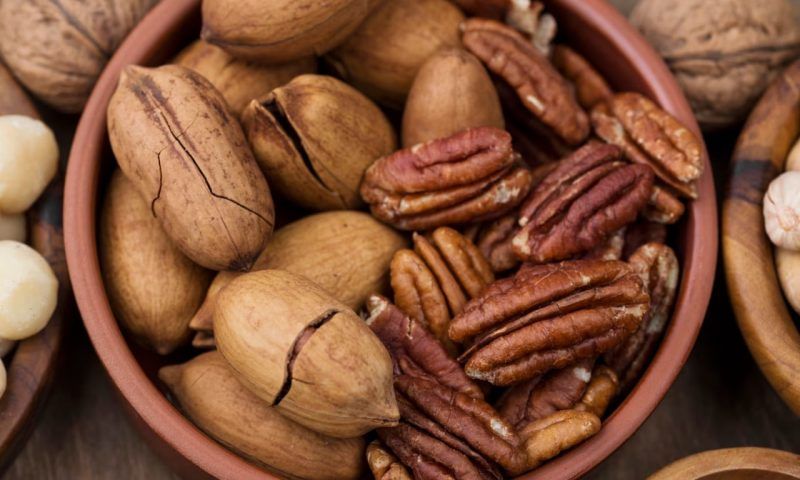
10. Peanuts is a legume and contains a lot of protein compared to “real” nuts. Studies have shown that eating peanuts daily helps reduce cholesterol levels and the risk of heart disease. They are rich in antioxidants, maintain stable blood glucose levels and are a rich source of protein.
How to store them so that they remain fresh and retain their beneficial substances for a long time? It would be a good idea to place the nuts in an airtight container so that they retain the necessary moisture. Also, do not store them near onions or other strong-smelling foods, as they tend to absorb the smell of food that is near them. Nuts should be stored at room temperature for about three months. If more time is needed, the nuts should be stored in the refrigerator or even the freezer. There they can be stored for about a year.
The above types of nuts are the most common and the best among the countless types of nuts that can be found in the market. The nuts listed above, due to the nutrients they contain, are classified as superfoods. Even a small handful of nuts can be a good way to replenish your energy levels.





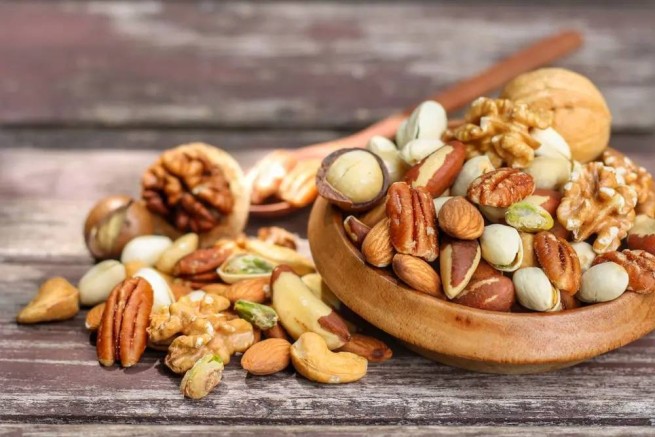

More Stories
Enjoying food can help you maintain your waistline
Eat as much as possible "Tiger shark"
The merciful Greek gave the snake water to drink